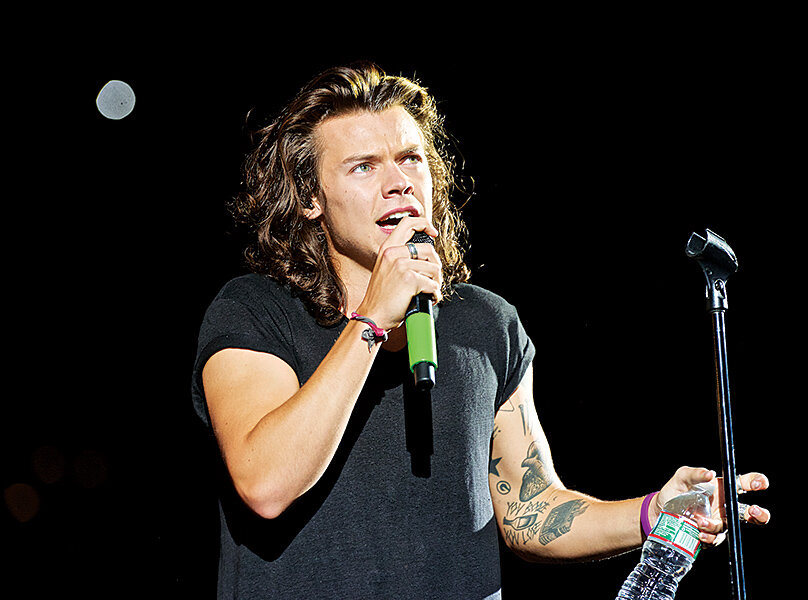The stadium concert continues to thrive
A little less than 50 years ago, the Beatles played their last concert at Candlestick Park. While demolition of the facility where the legendary band performed was completed months ago, the stadium concert as an event is alive and thriving.
“There are probably more acts playing stadium[s] than ever before,” says David Zedeck, president of global talent and artist development at the event company Live Nation. This year the entertainment company is producing Coldplay’s “A Head Full of Dreams” stadium trek and promoting Beyoncé’s 2016 “The Formation World Tour.”
“[The stadium concert] also covers more genres,” Mr. Zedeck says. From country acts like Luke Bryan to pop idols like Taylor Swift and One Direction to rock icons like Billy Joel, there is a broad range of artists who are popular enough to fill stadiums – which he points out can accommodate 30,000 to 50,000 fans versus the 15,000 to 20,000 average capacity of an indoor basketball or hockey arena or an outdoor amphitheater.
And both the visual and aural experiences have improved in five-plus decades. High-definition displays and software advancements have allowed for crisper live action and more dazzling preprogrammed graphics viewing.
The science of stadium concerts has developed significantly since the Beatles’ music was piped through the public address system. Listeners don’t experience a gap between seeing the vocalist sing the words on the big screen and actually hearing the lyrics. “Digital delay gives the sound professional the ability to ‘tune’ or ‘design’ the sound system to the venue,” says Laird Nolan, an events services consultant and owner/operator of Studio125.
Not all stadium concerts revolve around entire tours. San Francisco Fest 2016: On the Green will feature classic rock acts Journey, Santana, Steve Miller Band, and The Doobie Brothers at AT&T Park on September 4.
“When the opportunity came about to put four legendary Bay Area bands on the same bill, you couldn’t help but draw comparisons to the classic Day On The Green concerts from Bill Graham Presents” that were held at Oakland Coliseum from 1973 to 1992, Aaron Siuda, vice-president of Live Nation Northern California, says. “Between these four acts, they’ve performed on twelve Day On The Green lineups.”
But as much as fans would like them to, not all musicians want to make the jump from arenas and amphitheaters to stadiums. Stadium tours are really an art versus commerce situation, Zedeck says. “Certainly you can’t be as intimate as the audience isn’t as close.”





